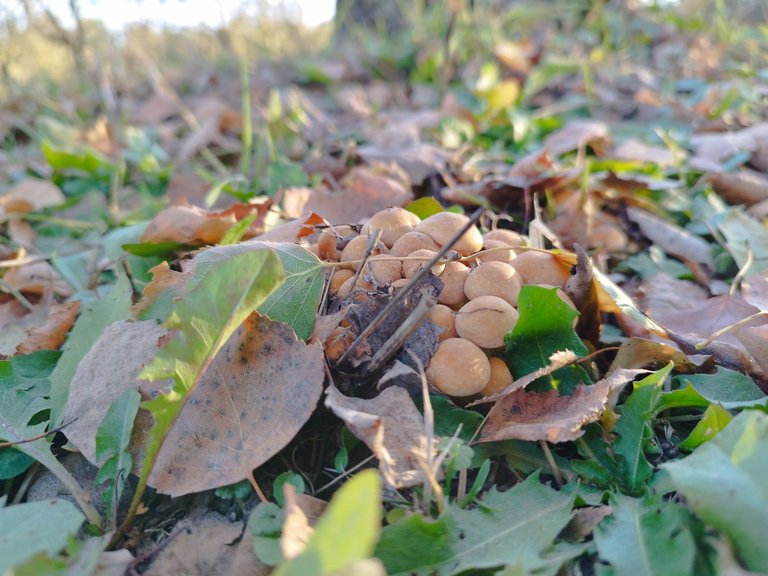
| En | Ua |
|---|---|
| Hello, friends! About a week ago, on the cusp of October and November, I decided to explore and photograph in detail a colony of sulfur tuft mushrooms, or clustered woodlover (Hypholoma fasciculare). It’s no wonder this mushroom is called "clustered" – it always grows in groups, large or small. So, taking advantage of the fact that these poisonous mushrooms sprout in my garden every autumn, I began my observations on October 26, when the small, dense clusters of Hypholoma fasciculare had just broken through the top layer of soil. | Привіт, друзі! Приблизно тиждень тому, на межі жовтня та листопада, я вирішив дослідити і детально сфотографувати колонію опеньків сірчано-жовтих несправжніх або гіфоломи групової (Hypholoma fasciculare). Недарма цей гриб називають груповим - він завжди росте групами, більшими чи меншими. То ж, скориставшись тим, що у мене в саду щоосені виростають ці отруйні гриб, я приступив до спостережень 26 жовтня, коли маленькі щільні купки Hypholoma fasciculare тільки пробилися крізь верхній шар ґрунту. |

| En | Ua |
|---|---|
| Here are the photos taken two days later, on October 28. The mushrooms have noticeably grown, but they’re still clustered quite closely together. It’s worth noting that their dark-yellow color camouflages them perfectly among the fallen birch leaves! | Ось ці фото зроблені через два дня,28 жовтня. Гриби помітно підросли, але все ще розташовані доволі щільно один від одного. Варто зауважити, що їхнє забарвлення - темно-жовте - чудово їх маскує серед опалого березового листя! |
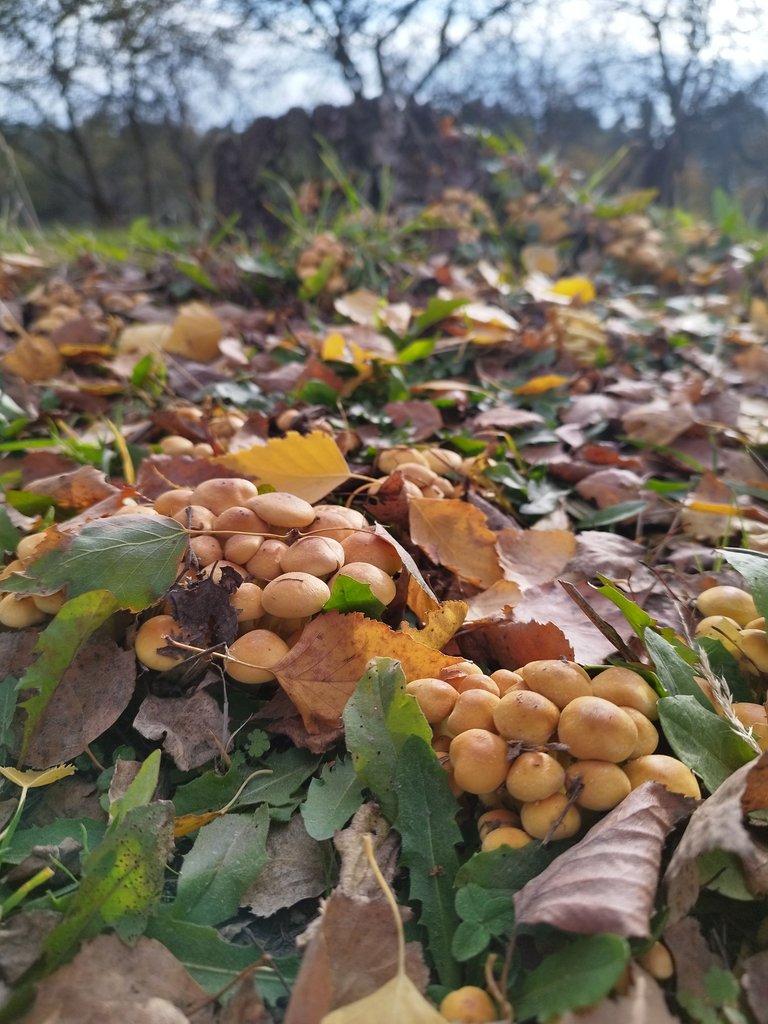
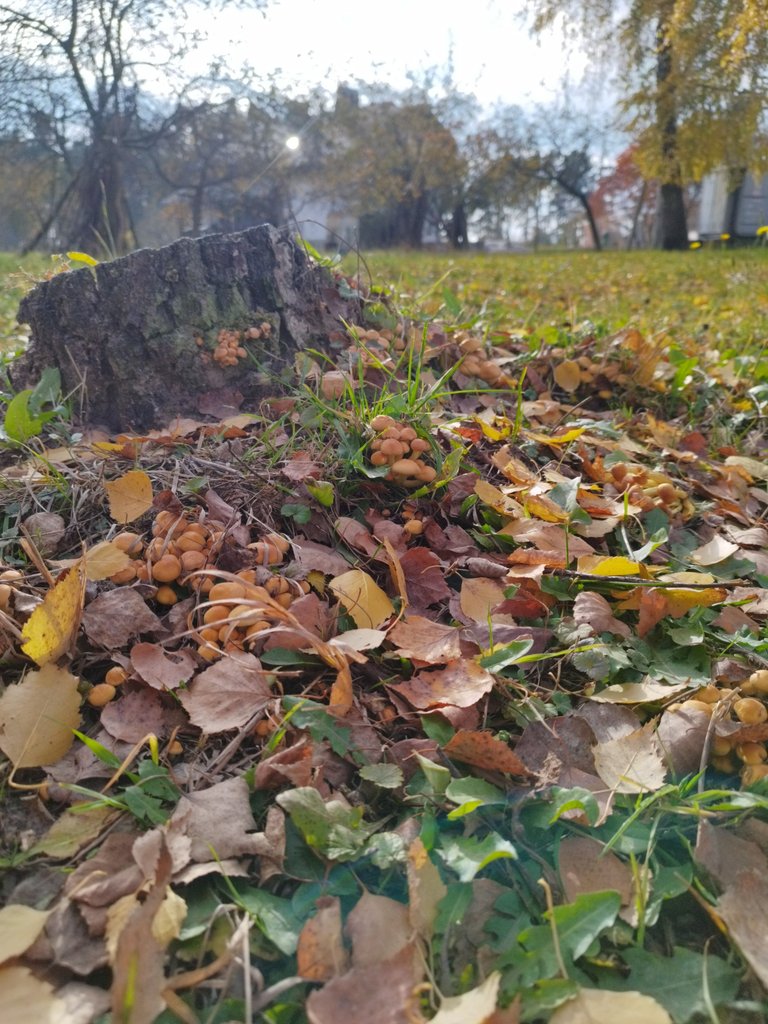
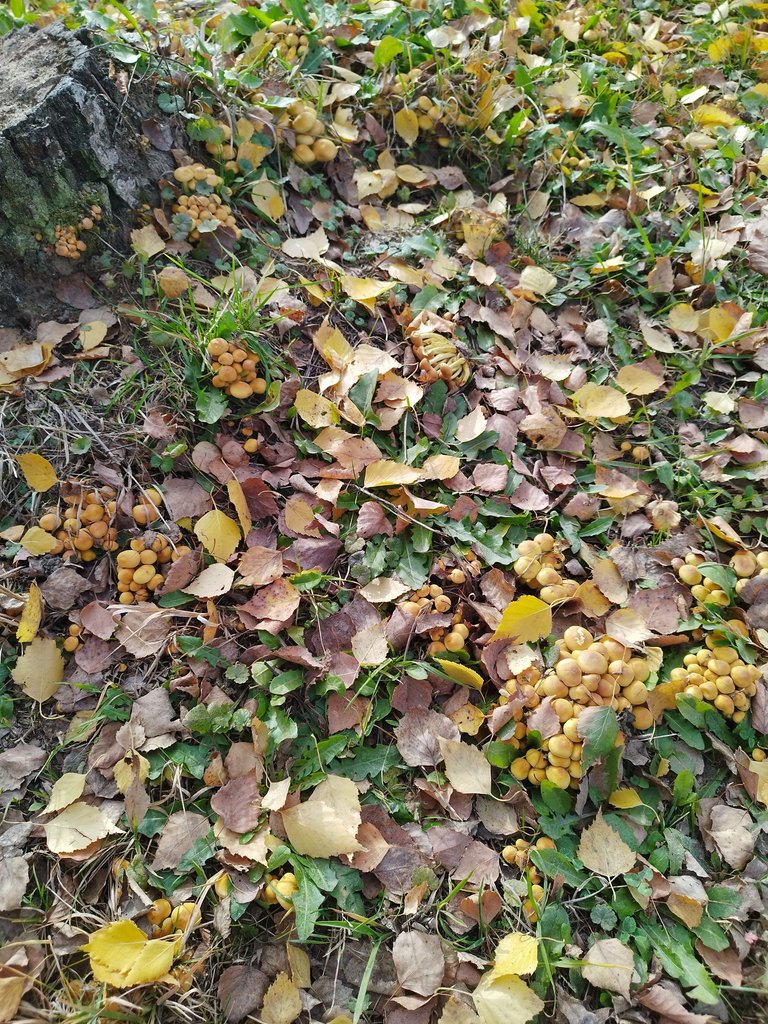
| En | Ua |
|---|---|
| content1 | 29 жовтня |

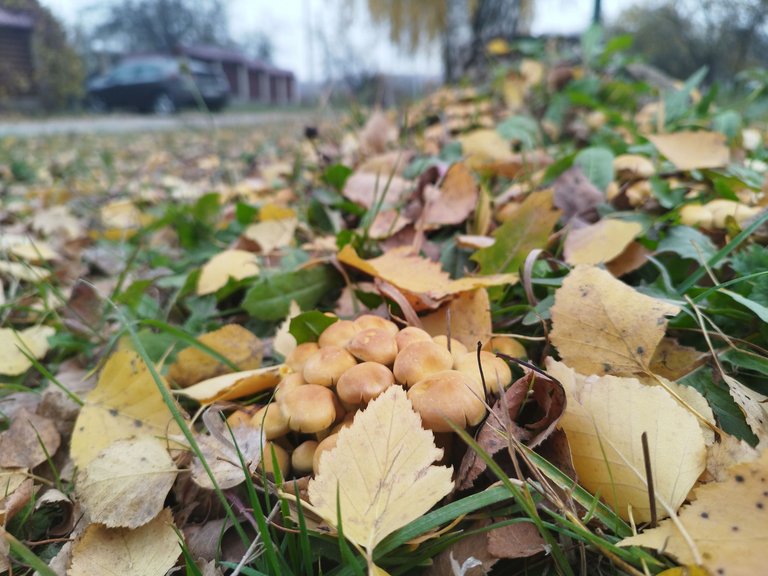
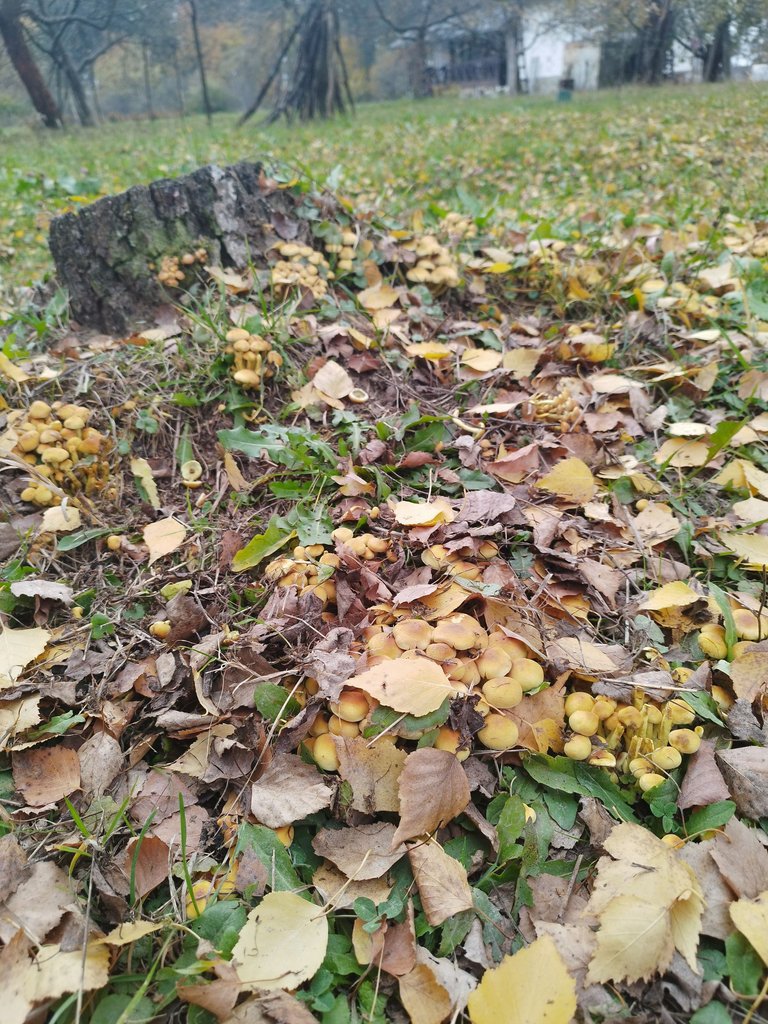
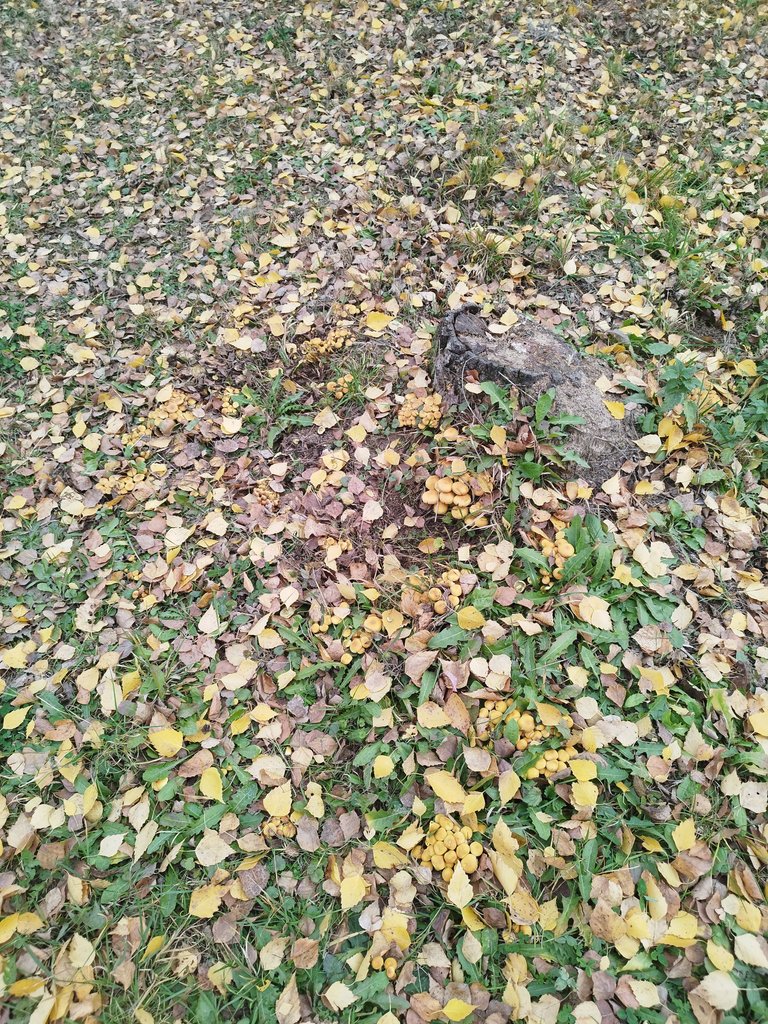
| En | Ua |
|---|---|
| Here we are on October 31, two days later. In these photos, the mushrooms are in the prime of their existence. They’ve grown large, with partially opened caps, but are still young. If they weren't poisonous, these would be the ideal mushrooms to harvest for the best mass-to-quality ratio. | Це вже 31 жовтня, ще через два дні. На цих фото гриби якраз у розквіті свого існування. Гриб вже великі, з напів розкритими шапинками, але ще молоді. Якби вони не були б отруйними, то саме такі гриби найкраще збирати, щоб мати якнайвигідніше співвідношення маса\якість. |



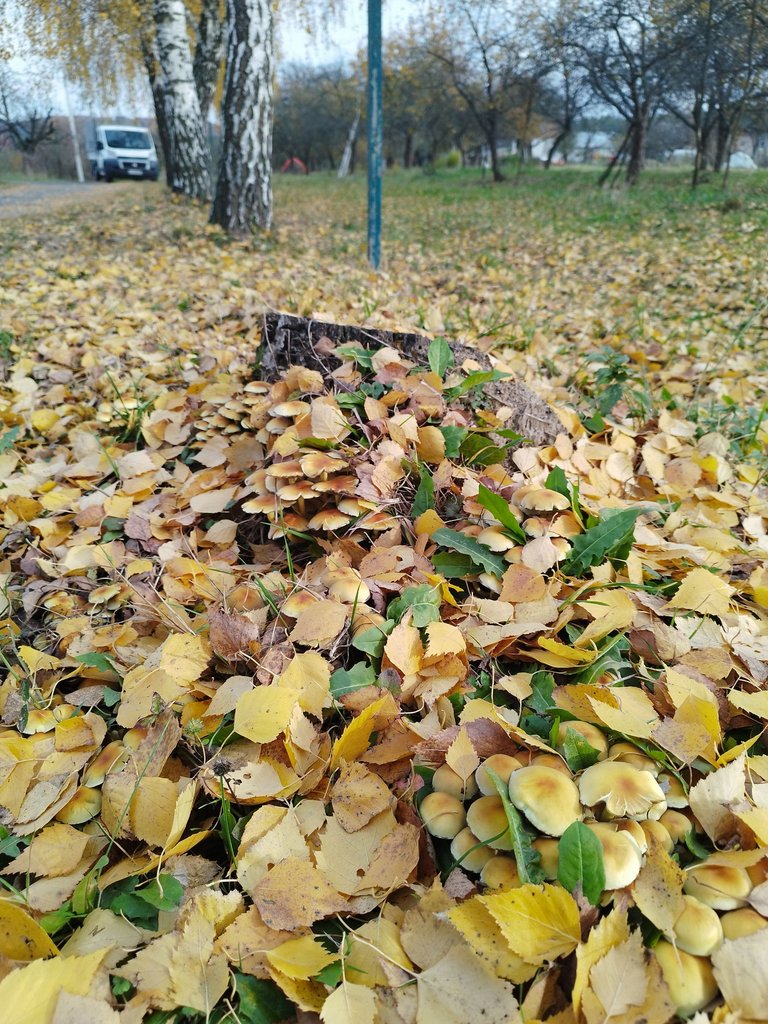
| En | Ua |
|---|---|
| And again, another two-day interval. By November 2, the quality of the mushrooms had noticeably declined; they were starting to darken and looked quite old. This is the penultimate stage before, in a few days, they would turn into black slime. I didn’t photograph that part. | |
| І знову проміжок у два дні. 2 листопада якість грибів помітно погіршилася, вони вже починають чорніти і виглядають дуже старими. Це вже передостанній етап перед тим, як через кілька днів вони перетворяться на чорний слиз. Цього я вже не фотографував. |
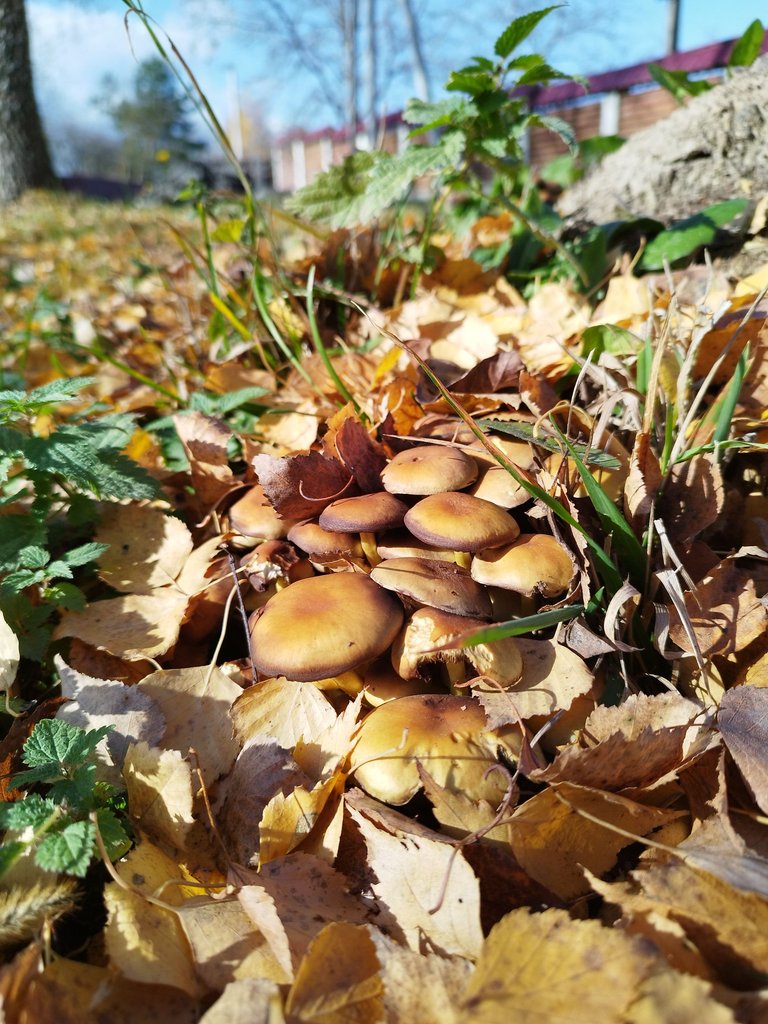
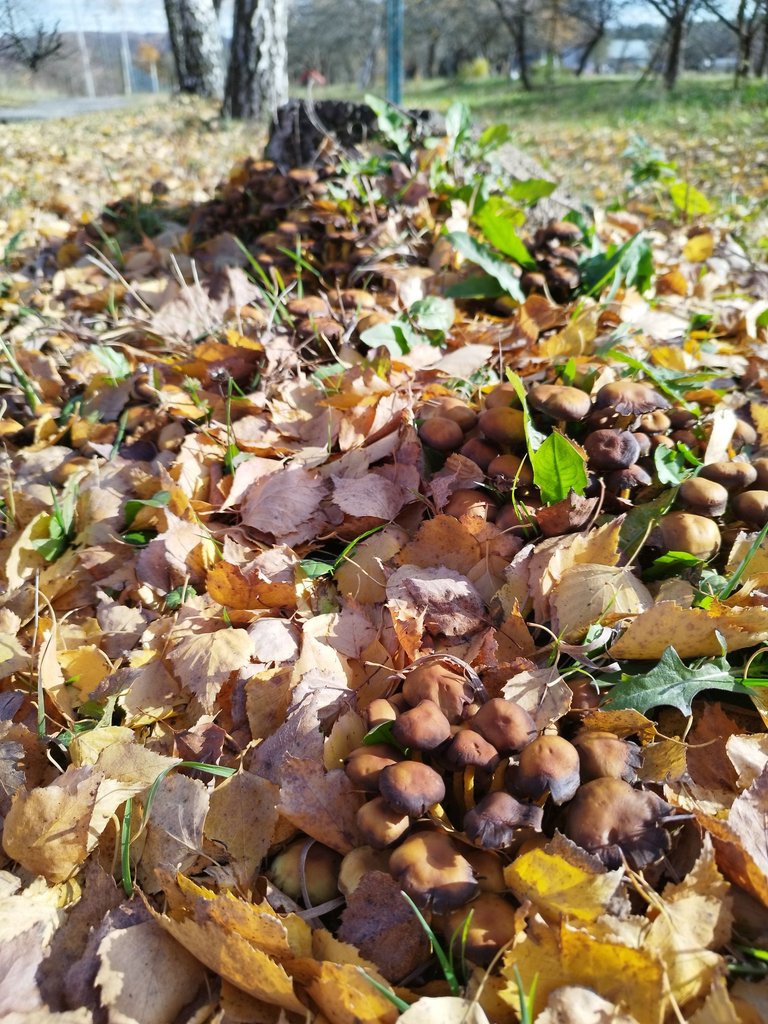
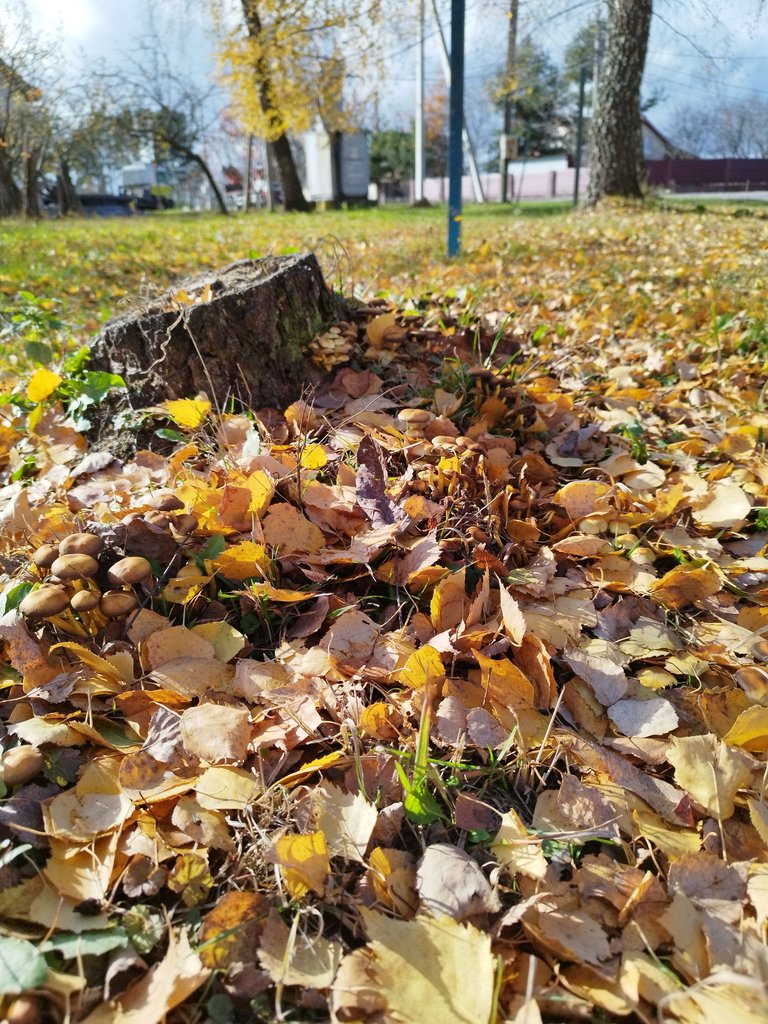
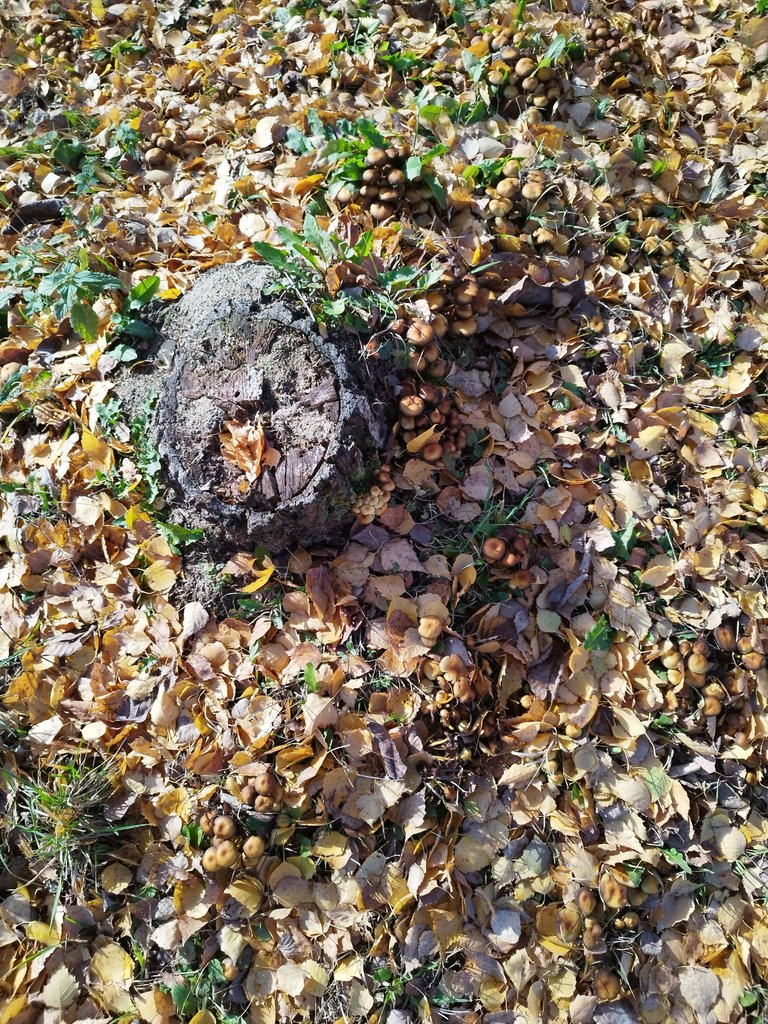
This is my contribution to #FungiFriday by @ewkaw
Wow... This is the first time I've seen a bunch of mushrooms grow this much, it's an amazing discovery, my friend, it seems like the soil in your area is so fertile that a bunch of them grow perfectly.
Thank you! 😊 Yes, it's truly amazing to watch them thrive. The soil here does seem to be a perfect environment for these little mushrooms to flourish every season. Nature never ceases to surprise us with its resilience and beauty, doesn’t it?
I'm glad you followed up on these mushrooms, I loved seeing your photos from start to finish of the mushrooms
Beautiful shots @yetaras
Thank you so much! 😊 It’s been really rewarding to capture their growth step by step—nature has a way of creating such unique beauty, even with something as simple as mushrooms. I’m glad you enjoyed the journey through the photos! 🌿🍄
nice concept of following the rise and demise of these fungi. i often wonder how long the different species can last. having them in your garden makes it easy to follow their progression from day to day. these sulphur tufts decayed quite quickly
Thank you for your witness vote!
Have a !BEER on me!
To Opt-Out of my witness beer program just comment STOP below
View or trade
BEER.Thank you! Yes, observing them closely over time has been fascinating, especially seeing how quickly they transitioned from fresh to decaying. Having them in the garden is definitely a unique advantage—I can check on their progress daily. These sulphur tufts really do break down fast, which adds a bit of mystery to their brief but vivid life cycle!